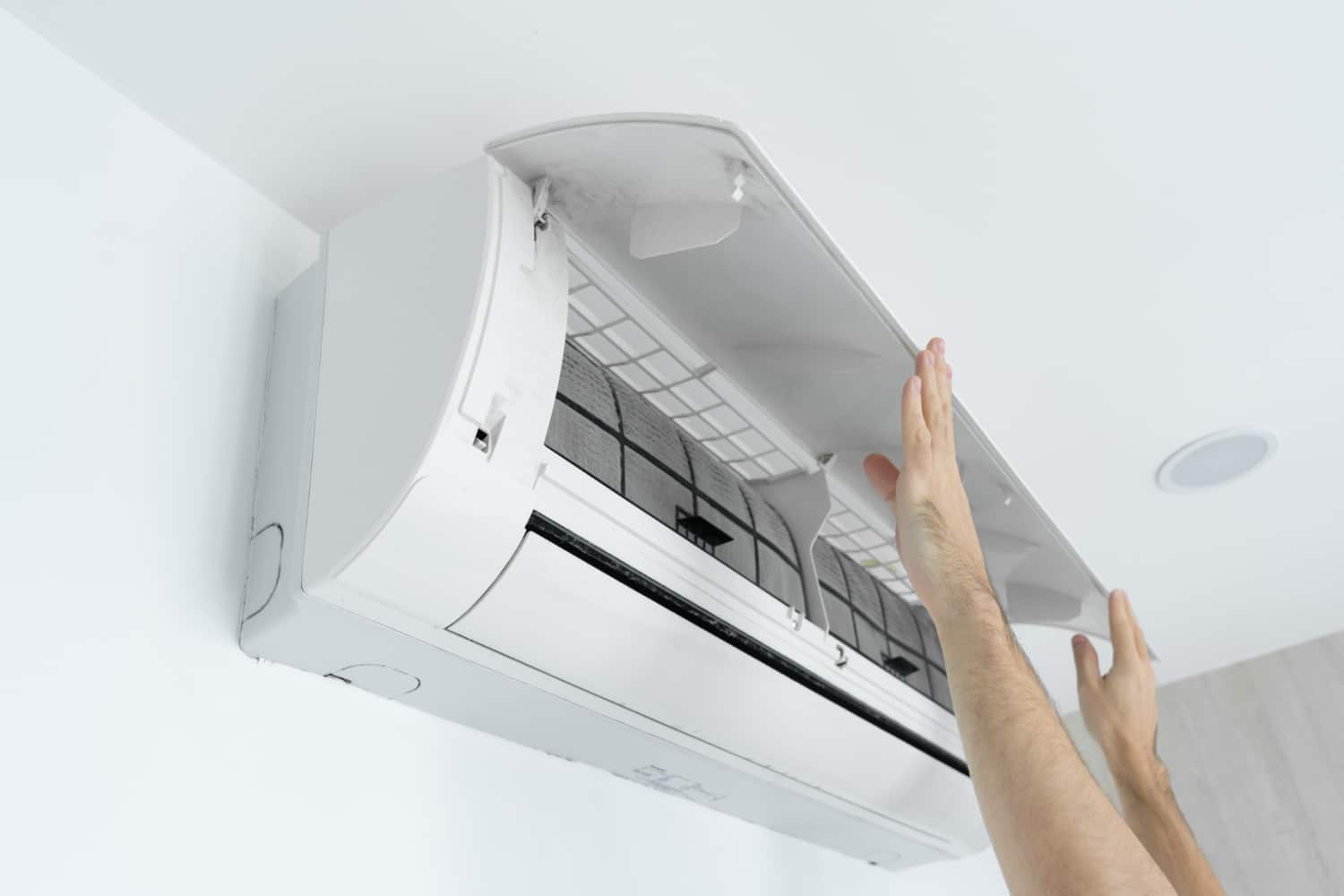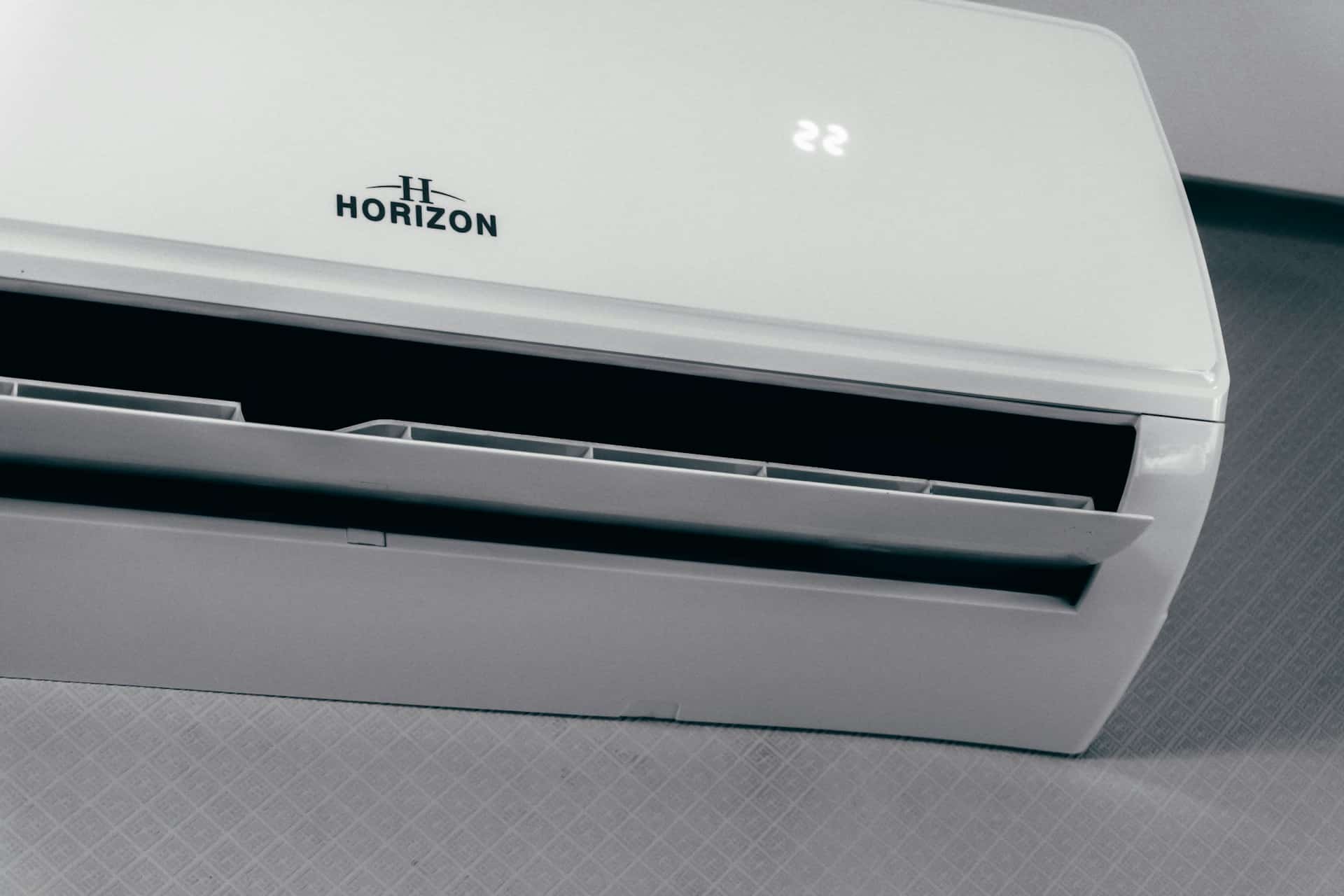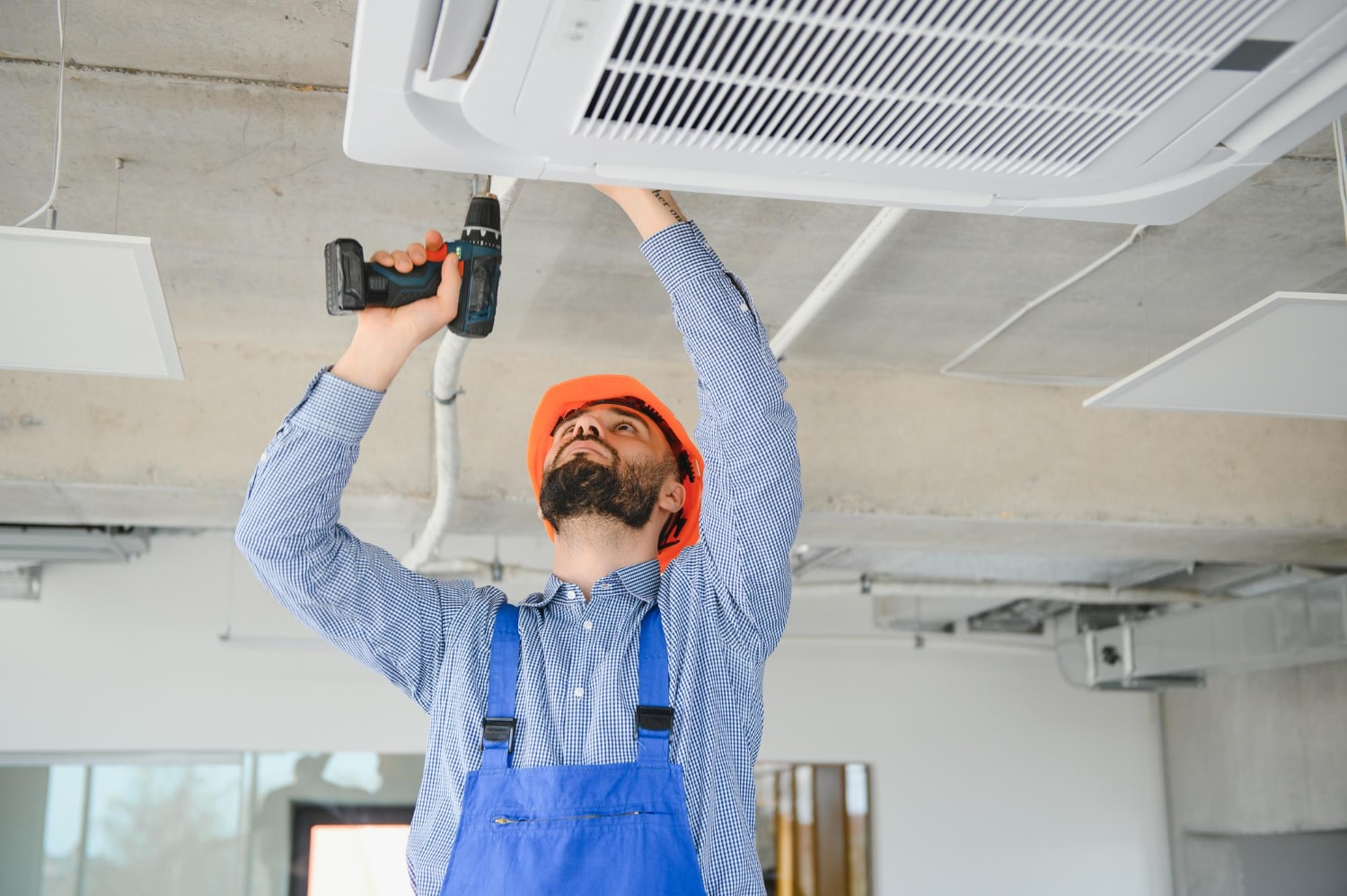If you’re feeling heat pour through your home in Mesa, but your AC isn’t putting out cold air like it should, the issue might be more serious than a quick reset. A frozen AC unit is a more common problem than people expect, especially in scorching Arizona summers where cooling systems work for hours at a time. When the coils inside your unit ice over, it can bring the whole system to a stop, turning your home into an oven right when you need relief the most.
Mesa summers aren’t forgiving. So when your AC becomes a block of ice instead of a source of cool air, fast action matters. The sooner you figure out what caused the issue and take steps to stop further damage, the better. Waiting can lead to added wear, damaged parts, and higher repair costs. No one wants their system to fully break down when it’s 100 degrees outside, so knowing what to watch for is a big help.
Common Reasons Your AC Freezes Up
When an air conditioner freezes, it’s often because something is blocking normal airflow or disrupting refrigerant movement. Once airflow drops, moisture has a chance to collect and freeze on the coils. That layer of ice keeps growing, and your AC can’t do its job.
Here are a few common reasons this happens:
1. Clogged Air Filters
Filters that are packed with dust, pet hair, or debris stop air from getting through. When airflow drops off, the evaporator coil inside your system can get too cold and start freezing moisture in the air. Checking filters every month throughout summer is a smart habit.
2. Low Refrigerant Levels
When there’s not enough refrigerant moving through your system, the pressure drops and so does the temperature in your coils. That can lead to freezing fast. Low refrigerant almost always means there’s a leak that needs professional attention.
3. Faulty Fan or Blower
Your system depends on fans to move air properly. If the indoor blower motor or outdoor fan isn’t working right, air stops flowing over the coil. And without that steady movement, things freeze up fast. This can also cause uneven cooling in your home.
Each of these issues slows the flow of air or disrupts temperature control inside your system. You might first notice a change in how fast your house cools or hear strange noises. From there, freezing can set in quickly if nothing’s done.
Immediate Actions to Take
Once you realize your AC unit has frozen up, don’t panic. There are a few steps you can take before calling for help, and they can make a big difference.
– Turn off the AC at the thermostat and breaker. This stops the system from continuing to run and lets the frozen parts begin to thaw. Running it while frozen can damage the compressor or cause other parts to fail.
– Check the air filters. Pull them out and see if they’re dirty or blocked. If they are, swap them with new ones. Dirty filters can be a big factor in repeated freeze-ups.
– Open all air vents around your home. Even if you don’t use certain rooms much, closing vents can increase pressure and affect airflow inside the system.
– Let the ice melt naturally. You might need to wait a few hours for everything to thaw, depending on how much ice has built up. Place towels underneath the indoor unit in case water starts dripping as things melt.
One example comes from a Mesa homeowner who noticed less air coming out of the vents but figured it was just the heat outside. They lowered the thermostat, but the air didn’t get any colder. Later that evening, they found ice covering part of the indoor unit. All it took was a clogged return filter. Cleaning it and giving the system time to thaw got things moving again, but if they had waited longer, it could’ve done serious damage.
Taking these steps helps limit further damage for the moment. But if your system continues freezing, if there’s visible damage, or if something no longer works like it should, it’s time for a deeper look.
When to Call a Professional
Some AC problems are too complex or risky to handle on your own. When freezing happens repeatedly or other odd symptoms pop up after a reset, it’s a sign there’s something deeper going wrong inside the system.
Here are some warning signs it’s time to call a trained technician:
– Ice returns again even after thawing and filter changes
– Hissing, buzzing, or grinding sounds coming from the unit
– Very low or no airflow even after restarting the system
– The system turns on but can’t keep your home cool anymore
Trying to do electrical repairs, handle refrigerant, or open sealed parts of an HVAC system without the proper tools comes with real risks. You might damage components or create safety hazards—especially on high-use days when the system is already working hard.
We’ve seen it happen where someone in Mesa tried self-repair with help from a few online videos. They added too much refrigerant, blew a capacitor, and accidentally made the original problem worse. What could have been a quick fix stretched into a multi-week repair and a bigger bill.
Professional technicians know how to check pressures, inspect wiring, evaluate airflow, and carefully examine each part of your system. They can rule out issues or identify new ones that aren’t as easy to spot from the outside.
How to Prevent Your AC from Freezing in the Future
Once your system gets back up and running, it’s worth putting a few smart habits in place to avoid another freeze-up. Ongoing care helps your equipment perform better and last longer—even during nonstop summer heat in Mesa.
Here are a few simple ways to avoid future AC freeze-ups:
– Change filters regularly—every month to three months depending on usage
– Keep the area around the outdoor unit clean and free of leaves or debris
– Keep at least most vents open in your home so airflow stays balanced
– Avoid turning your thermostat way too low for hours at a time
– Book twice-a-year inspections to catch issues before they grow
A quick check today can keep things from going wrong tomorrow. With high daily temps hanging around well into late summer and fall in Mesa, making sure airflow is steady and parts are functioning right becomes more important than ever. Even small problems can turn into system shut-offs in that kind of heat.
Ensuring Reliable Cooling in Mesa
Staying cool in Mesa’s heat takes more than a strong AC—it takes ongoing care and quick decision-making. Frozen systems can feel like they came out of nowhere, but most of the time, there are early signs: strange sounds, uneven temperatures, blocked airflow. Catching those early is the best way to avoid breakdowns.
The main takeaway is simple. Treat AC freeze-ups seriously, take steps right away, and don’t be afraid to call for help when things feel off. With steady maintenance and fast action when things start to go wrong, you can keep your home cool and your system running strong all summer long.
Keep your home cool and comfortable through the hot Mesa summers by making sure your air conditioning system runs smoothly. Routine checks and timely support can go a long way in avoiding future issues and keeping repair costs down. If you’re dealing with AC repair in Mesa, JLM Air Conditioning and Heating is here to provide dependable service that gets your system back to working its best.



